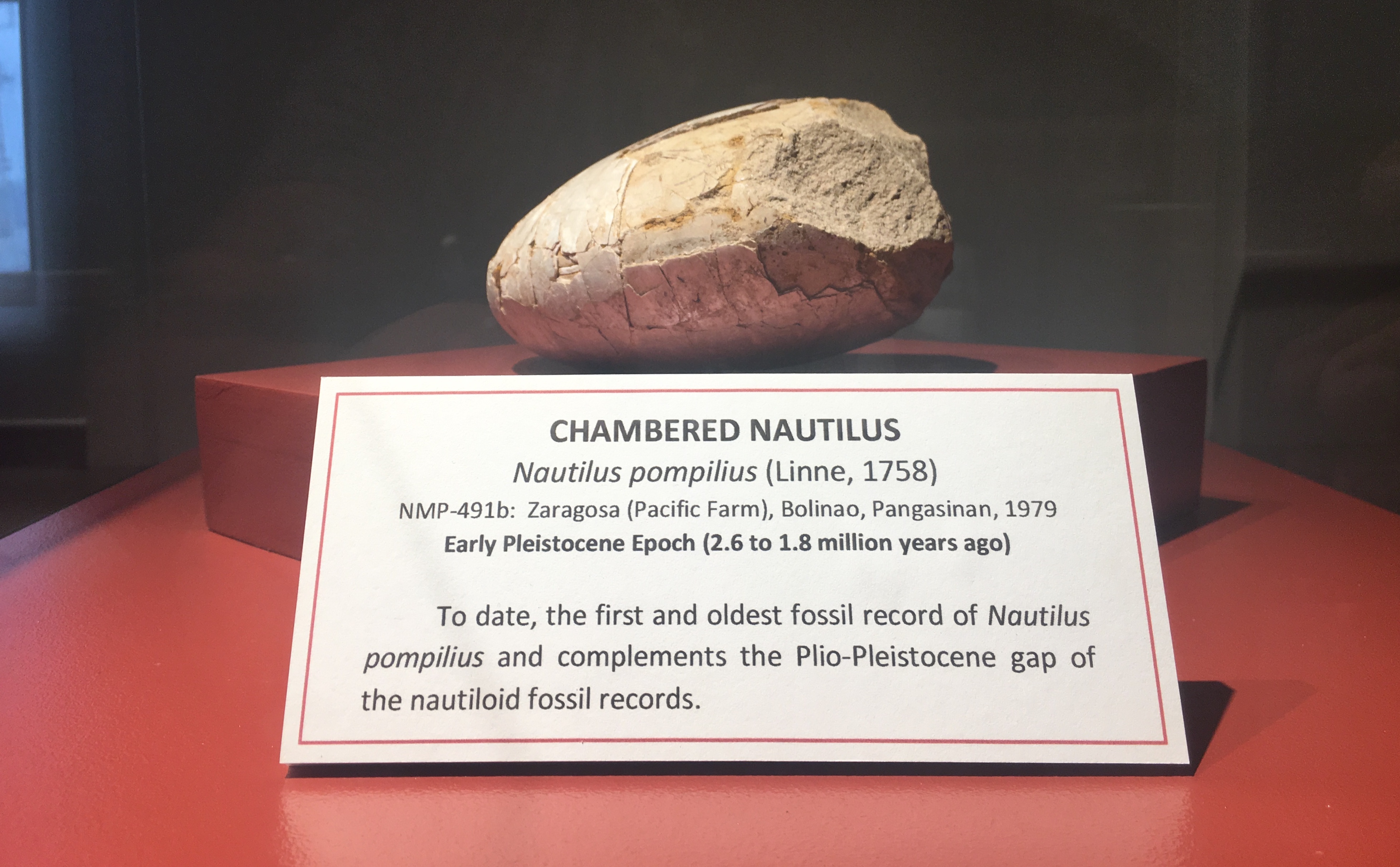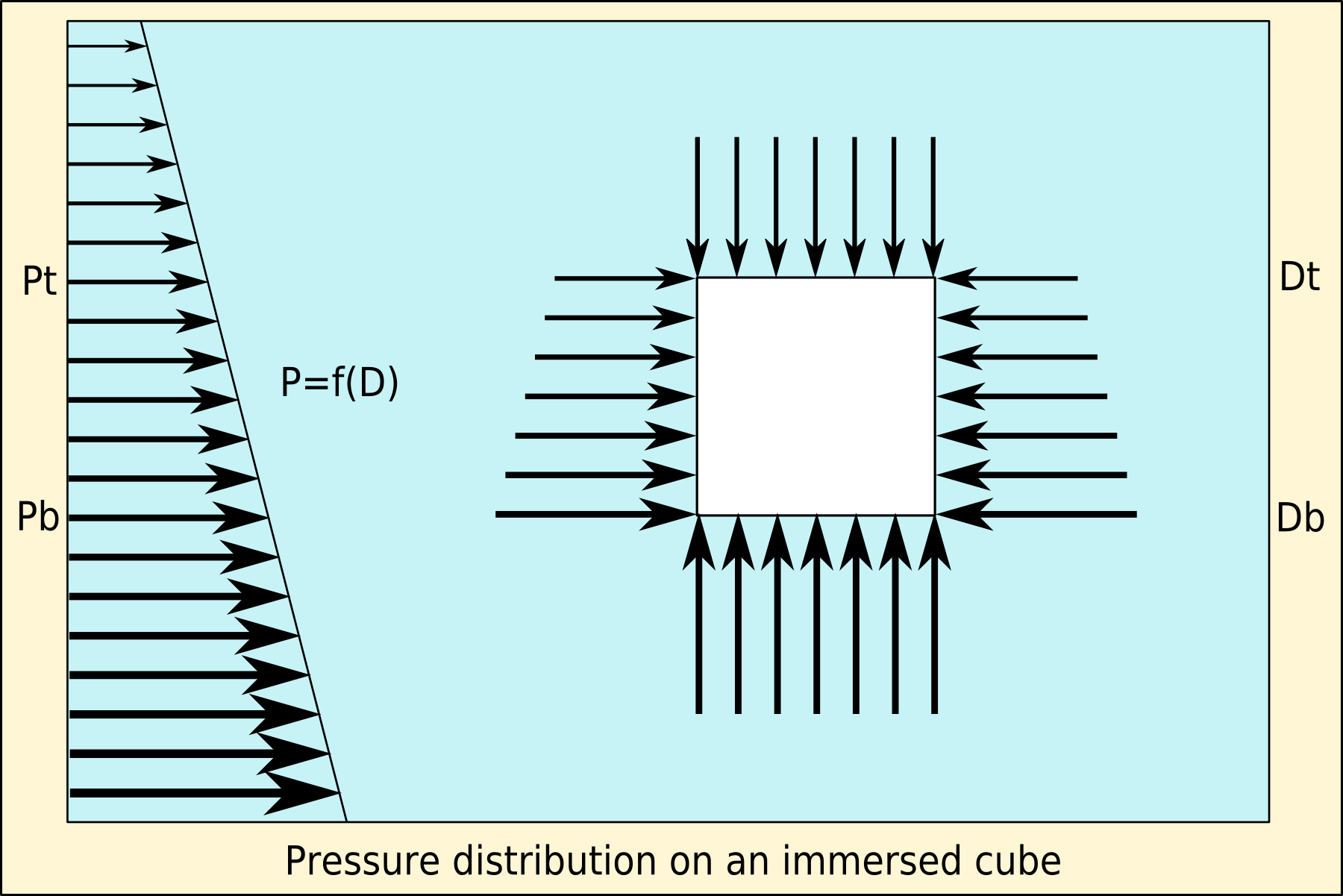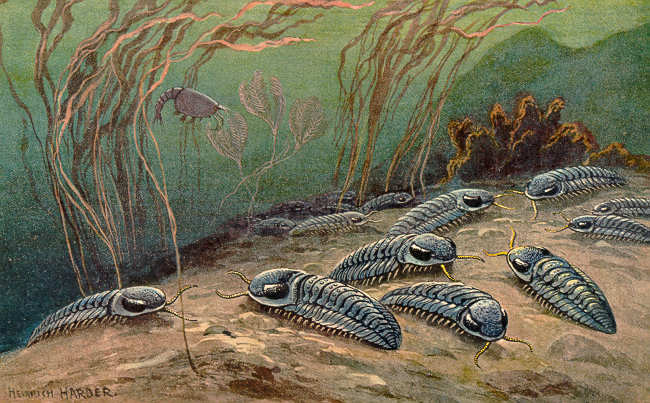|
Camera (anatomy)
Camerae (singular camera) are the spaces or chambers enclosed between two adjacent septa in the phragmocone of a nautiloid or ammonoid cephalopod molluscus. These can be seen in cross-sections of a nautilus shell and in the polished cross-sections of ammonites. In life these chambers are filled with gas, mediated by the siphuncle, and used to control buoyancy. Some Palaeozoic The Paleozoic (or Palaeozoic) Era is the earliest of three geologic eras of the Phanerozoic Eon. The name ''Paleozoic'' ( ;) was coined by the British geologist Adam Sedgwick in 1838 by combining the Greek words ''palaiós'' (, "old") and '' ... nautiloid genera, especially those with long, straight shells, are distinguished by cameral deposits. These were accumulations of calcium carbonate secreted in the empty chambers of the shell, used for ballast and control of buoyancy. The nature and form of these deposits are very useful in nautiloid classification. References * {{DEFAULTSORT:Cam ... [...More Info...] [...Related Items...] OR: [Wikipedia] [Google] [Baidu] |
Septa (biology)
Septa (singular septum) are thin walls or partitions between the internal chambers (camerae) of the shell of a cephalopod, namely nautiloids or ammonoids. As the creature grows, its body moves forward in the shell to a new living chamber, secreting septa behind it. This adds new chambers to the shell, which can be clearly seen in cross-sections of the shell of the living nautilus, or in ammonoid and nautiloid fossils. The septa are attached to the inside wall of the shell, thus dividing the phragmocone into camerae. Where the septum meets the shell a suture line forms; in some ammonoids these lines became extremely complex and elaborate, providing strength without the necessity of added weight. Elaborate sutures allowed for thinner shells, and hence less time needed for shell growth and less time spent in the vulnerable juvenile stage. The nature and structure of the septa, as with the camerae, and siphuncle, and the presence or absence of deposits, are important in classif ... [...More Info...] [...Related Items...] OR: [Wikipedia] [Google] [Baidu] |
Phragmocone
The phragmocone is the chambered portion of the shell of a cephalopod. It is divided by septa into camerae. In most nautiloids and ammonoids, the phragmocone is a long, straight, curved, or coiled structure, in which the camarae are linked by a siphuncle which determines buoyancy by means of gas exchange. Despite this benefit, such a large shell adds to the mass of the animal, and hence is disadvantageous in catching fast-moving prey. Some nautiloids, such as the Silurian Ascocerida, dropped the phragmocone upon maturity, presumably to increase speed and maneuverability. They thus became the early Paleozoic equivalent of coleoids. The early coleoids and belemnoids adopted a different approach: the phragmocone was retained but became internal and reduced. In general the shell in cephalopods tends to be vestigial or absent. Fossil record Being the only biomineralised part of most cephalopods, the phragmocone is typically the only part to enter the fossil record. It is somet ... [...More Info...] [...Related Items...] OR: [Wikipedia] [Google] [Baidu] |
Nautiloid
Nautiloids are a group of marine cephalopods ( Mollusca) which originated in the Late Cambrian and are represented today by the living ''Nautilus'' and '' Allonautilus''. Fossil nautiloids are diverse and speciose, with over 2,500 recorded species. They flourished during the early Paleozoic era, when they constituted the main predatory animals. Early in their evolution, nautiloids developed an extraordinary diversity of shell shapes, including coiled morphologies and giant straight-shelled forms (orthocones). Only a handful of rare coiled species, the nautiluses, survive to the present day. In a broad sense, "nautiloid" refers to a major cephalopod subclass or collection of subclasses (Nautiloidea ''sensu lato''). Nautiloids are typically considered one of three main groups of cephalopods, along with the extinct ammonoids (ammonites) and living coleoids (such as squid, octopus, and kin). While ammonoids and coleoids are monophyletic clades with exclusive ancestor-descendan ... [...More Info...] [...Related Items...] OR: [Wikipedia] [Google] [Baidu] |
Ammonoidea
Ammonoids are a group of extinct marine mollusc animals in the subclass Ammonoidea of the class Cephalopoda. These molluscs, commonly referred to as ammonites, are more closely related to living coleoids (i.e., octopuses, squid and cuttlefish) than they are to shelled nautiloids such as the living ''Nautilus'' species. The earliest ammonites appeared during the Devonian, with the last species vanishing during the Cretaceous–Paleogene extinction event. Ammonites are excellent index fossils, and linking the rock layer in which a particular species or genus is found to specific geologic time periods is often possible. Their fossil shells usually take the form of planispirals, although some helically spiraled and nonspiraled forms (known as heteromorphs) have been found. The name "ammonite", from which the scientific term is derived, was inspired by the spiral shape of their fossilized shells, which somewhat resemble tightly coiled rams' horns. Pliny the Elder ( 79 ... [...More Info...] [...Related Items...] OR: [Wikipedia] [Google] [Baidu] |
Cephalopod
A cephalopod is any member of the molluscan class Cephalopoda ( Greek plural , ; "head-feet") such as a squid, octopus, cuttlefish, or nautilus. These exclusively marine animals are characterized by bilateral body symmetry, a prominent head, and a set of arms or tentacles ( muscular hydrostats) modified from the primitive molluscan foot. Fishers sometimes call cephalopods "inkfish", referring to their common ability to squirt ink. The study of cephalopods is a branch of malacology known as teuthology. Cephalopods became dominant during the Ordovician period, represented by primitive nautiloids. The class now contains two, only distantly related, extant subclasses: Coleoidea, which includes octopuses, squid, and cuttlefish; and Nautiloidea, represented by '' Nautilus'' and '' Allonautilus''. In the Coleoidea, the molluscan shell has been internalized or is absent, whereas in the Nautiloidea, the external shell remains. About 800 living species of cephalopods have been i ... [...More Info...] [...Related Items...] OR: [Wikipedia] [Google] [Baidu] |
Nautilus
The nautilus (, ) is a pelagic marine mollusc of the cephalopod family Nautilidae. The nautilus is the sole extant family of the superfamily Nautilaceae and of its smaller but near equal suborder, Nautilina. It comprises six living species in two genera, the type of which is the genus '' Nautilus''. Though it more specifically refers to species '' Nautilus pompilius'', the name chambered nautilus is also used for any of the Nautilidae. All are protected under CITES Appendix II. Depending on species, adult shell diameter is between 4 and 10 inches. Nautilidae, both extant and extinct, are characterized by involute or more or less convolute shells that are generally smooth, with compressed or depressed whorl sections, straight to sinuous sutures, and a tubular, generally central siphuncle.Kümmel, B. 1964. Nautiloidae-Nautilida, in the Treatise on Invertebrate Paleontology, Geological Society of America and Univ of Kansas Press, Teichert and Moore eds. Having survived rel ... [...More Info...] [...Related Items...] OR: [Wikipedia] [Google] [Baidu] |
Siphuncle
The siphuncle is a strand of tissue passing longitudinally through the shell of a cephalopod mollusk. Only cephalopods with chambered shells have siphuncles, such as the extinct ammonites and belemnites, and the living nautiluses, cuttlefish, and ''Spirula''. In the case of the cuttlefish, the siphuncle is indistinct and connects all the small chambers of that animal's highly modified shell; in the other cephalopods it is thread-like and passes through small openings in the septa (walls) dividing the camerae (chambers). Some older studies have used the term siphon for the siphuncle, though this naming convention is uncommon in modern studies to prevent confusion with a mollusc organ of the same name. Function The siphuncle is used primarily in emptying water from new chambers as the shell grows. To perform this task, the cephalopod increases the saltiness of the blood in the siphuncle, and the water moves from the more dilute chamber into the blood through osmosis. At the sa ... [...More Info...] [...Related Items...] OR: [Wikipedia] [Google] [Baidu] |
Buoyancy
Buoyancy (), or upthrust, is an upward force exerted by a fluid that opposes the weight of a partially or fully immersed object. In a column of fluid, pressure increases with depth as a result of the weight of the overlying fluid. Thus the pressure at the bottom of a column of fluid is greater than at the top of the column. Similarly, the pressure at the bottom of an object submerged in a fluid is greater than at the top of the object. The pressure difference results in a net upward force on the object. The magnitude of the force is proportional to the pressure difference, and (as explained by Archimedes' principle) is equivalent to the weight of the fluid that would otherwise occupy the submerged volume of the object, i.e. the displaced fluid. For this reason, an object whose average density is greater than that of the fluid in which it is submerged tends to sink. If the object is less dense than the liquid, the force can keep the object afloat. This can occur only in a n ... [...More Info...] [...Related Items...] OR: [Wikipedia] [Google] [Baidu] |
Palaeozoic
The Paleozoic (or Palaeozoic) Era is the earliest of three geologic eras of the Phanerozoic Eon. The name ''Paleozoic'' ( ;) was coined by the British geologist Adam Sedgwick in 1838 by combining the Greek words ''palaiós'' (, "old") and ''zōḗ'' (), "life", meaning "ancient life" ). It is the longest of the Phanerozoic eras, lasting from , and is subdivided into six geologic periods (from oldest to youngest): # Cambrian # Ordovician # Silurian # Devonian # Carboniferous # Permian The Paleozoic comes after the Neoproterozoic Era of the Proterozoic Eon and is followed by the Mesozoic Era. The Paleozoic was a time of dramatic geological, climatic, and evolutionary change. The Cambrian witnessed the most rapid and widespread diversification of life in Earth's history, known as the Cambrian explosion, in which most modern phyla first appeared. Arthropods, molluscs, fish, amphibians, reptiles, and synapsids all evolved during the Paleozoic. Life began in the ocean ... [...More Info...] [...Related Items...] OR: [Wikipedia] [Google] [Baidu] |
Orthocone
An orthocone is an unusually long straight shell of a nautiloid cephalopod.; During the 18th and 19th centuries, all shells of this type were named '' Orthoceras'', creating a wastebasket taxon, but it is now known that many groups of nautiloids developed or retained this type of shell. An orthocone can be thought of as like a ''nautilus'', but with the shell straight and uncoiled. It was previously believed that these represented the most primitive form of nautiloid, but it is now known that the earliest nautiloids had shells that were slightly curved. An orthoconic form evolved several times among cephalopods, and among nautiloid cephalopods is prevalent among the ellesmerocerids, endocerids, actinocerids, orthoceratoids, and bactritids. Orthocones existed from the Late Cambrian to the Late Triassic, but they were most common in the early Paleozoic. Revivals of the orthocone design later occurred in other cephalopod groups, notably baculitid ammonites in the Cretaceous P ... [...More Info...] [...Related Items...] OR: [Wikipedia] [Google] [Baidu] |

.jpg)



